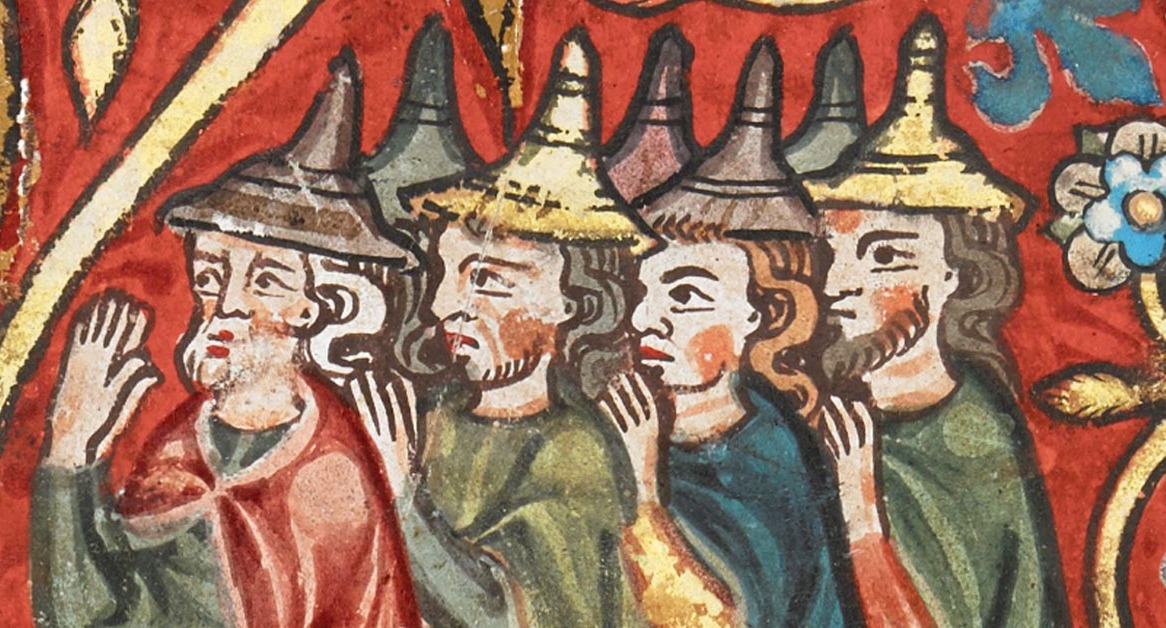JEWISH APOCALYPTIC
APOCALYPTIC literature means texts that “uncover” some hidden thing. This is usually something about the heavenly world, or about the future, or both. The best-known example, of course, is the Apocalypse, the Book of Revelation. But there are other Jewish apocalyptic texts from both before and after Christian times.
From the “before” period, we have, for instance, the Book of Enoch, the Book of Jubilees, and the Assumption of Moses. They not only give us insight into the Jewish view of the heavenly world, but they also illuminate many passages in the Bible.
The Dead Sea Scrolls contain other such apocalyptic texts. We might mention, in particular, the Melchizedek Scroll, about the heavenly priest and hero Melchizedek who is coming to conquer the earth. Like it is the War Scroll, which tells of the great battle against the heathen when he comes. Or there is the Community Rule, which tells of the seating arrangements at the great banquet when the Messiah shall arrive.
That’s the older Jewish apocalyptic texts.
But we also get Jewish apocalyptic in the post-Christian period. This literature was written in the days of the Arabian Nights and, frankly, it resembles it in some ways. But the real theme of this literature is the coming of the Messiah (or Messiahs). It tells (again) how he will conquer the heathen and kill “heaps and heaps” of them. The heathen, of course, now includes the Christian people of the Byzantine-Roman empire. This genre of flourished with the appearance of the Exilarch Nehemiah ben Hushiel in the seventh century. He travelled westwards with a mixed Jewish-Persian army and conquered Byzantine Jerusalem in AD 614, putting its people to the sword. But then he was slain. As a result, the apocalyptic writers began to identify him with slain Messiah ben Joseph. The city then returned to Christian hands until the Muslim conquest of AD 640.
I first translated six of these texts in The Message of the Psalter. Then I translated seven more in Messiah ben Joseph. You’ll find them all together in the eleventh chapter of Messiah ben Joseph, with one more in the appendix.
